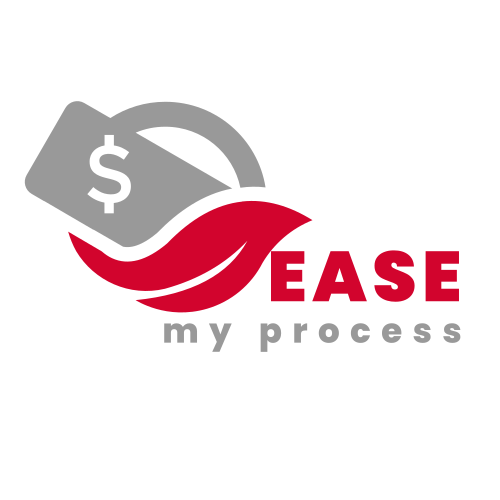- Published on
DCF Terminologies: Valuation Made Simple
- Authors

- Name
- Ease Pro
DCF Terminologies
SOME COMPLEX TERMS IN VALUATION
VALUATION MADE SIMPLE
Terminal Value
✅ In DCF analysis, terminal value estimates the value of a business beyond the forecast period.
It assumes a stable growth rate indefinitely, capturing the value of all future cash flows in one figure.
Cost of Capital
✅ WACC is a calculation of a company's cost of capital, wherein each category of capital is proportionately weighted.
It represents the investor's required return on a company and is used as the discount rate in DCF analysis.
Discounted Cashflow
✅ This method calculates the value of an investment based on its expected future cash flows, which are adjusted (or discounted) to their present value.
The discount rate often reflects the risk associated with the investment.
Free Cash Flow to the Firm (FCFF)
✅ This is a measure of a company's financial performance that shows how much cash can be distributed to shareholders after all expenses, reinvestment, and debt repayment.
It's an important concept in DCF analysis.
Free Cash Flow to Equity (FCFE)
✅Similar to FCFF, FCFE measures the amount of cash flow available to equity shareholders after expenses, reinvestment, and debt payments.
It's used to calculate the value of equity.
Economic Value Added (EVA)
✅ EVA is a measure of a company's financial performance based on the residual wealth calculated by deducting the cost of capital from its operating profit.
Capital Asset Pricing Model (CAPM)
✅ CAPM is used to determine the expected return on an investment by accounting for its risk relative to the market.
It plays a crucial role in calculating the discount rate for DCF analysis.
Beta (β)
✅This is a measure of the volatility, or systematic risk, of a security or a portfolio in comparison to the market as a whole.
It's used within CAPM to help calculate the expected return of an asset.
Sensitivity Analysis
✅ In intrinsic valuation, sensitivity analysis examines how the uncertainty in the output of a model (valuation) can be apportioned to different sources of uncertainty in the model's inputs.
Cost of Debt
✅The cost of debt refers to the effective rate that a company pays on its borrowed funds from financial institutions and other sources.
It is a critical component in calculating the Weighted Average Cost of Capital (WACC)
Cost of Equity
✅ The cost of equity is the return a company requires to decide if an investment meets capital return requirements.
In 99% cases CAPM can be used to estimate the cost of Equity
Internal Rate of Return (IRR)
✅ IRR is a metric used in capital budgeting to estimate the profitability of potential investments.
It is the discount rate that makes the net present value (NPV) of all cash flows (both positive and negative) from a particular project equal to zero.
Net Present Value (NPV)
✅ NPV is the difference between the present value of cash inflows and the present value of cash outflows over a period of time.
NPV is used in capital budgeting to analyze the profitability of a projected investment or project.
Enterprise Value (EV)
✅ Enterprise Value is a measure of a company's total value, often used as a more comprehensive alternative to equity market capitalization.
This gives investors a clearer picture of a company's overall value and financial health.
